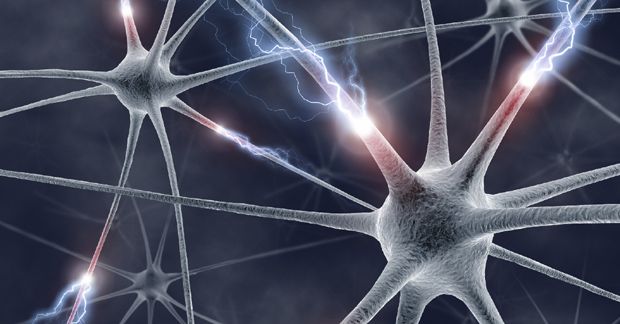
Myasthenia Gravis – An Autoimmune Disorder of Neuromuscular Junction (NMJ)
Myasthenia Gravis (MG) is the prototype neuromuscular disease with immunological pathogenesis. It is an acquired autoimmune disease affecting synaptic transmission via the neuromuscular junction mainly due to the presence of auto-antibodies against the acetylcholine receptors (AChR) between the synaptic space of the skeletal muscles. The first clinical signs include painless weakness followed by ptosis and diplopia. The failure of muscles to contract normally occurs because they can’t respond to nerve impulses. Due to the lack of proper transmission of the impulse, the communication between nerve and muscle gets blocked resulting in weakness.
Myasthenia Gravis has a prevalence of approximately 14-20 cases per 100,000 individuals in the United States. The disorder has increasing frequency and recognition and affects both men and women. MG most commonly impacts young adult women (under 40) and older men (over 60), but it can occur at any age, including childhood. The characteristic clinical symptoms may include ocular, bulbar, or generalized weakness and fatiguability. The annual average healthcare cost in the US is estimated to be $20,190 per person, showing that although MG is rare, it can present a significant and chronic financial burden to those who carry the diagnosis. The mortality of those who carry a diagnosis has been decreasing, and this can be attributed to continued medical advancements, including better treatment options as well as improvements in acute critical care.
The current recommended treatment for MG includes anti-acetylcholinesterase (pyridostigmine) for daily or chronic symptom control; immunomodulatory therapies (intravenous immunoglobulin [IVIG] and plasma exchange), which are typically used for acute exacerbation of disease but have also been used for chronic symptom control; and immunosuppressant medications (steroids, azathioprine, cyclosporine, mycophenolate, and methotrexate), which are used for maintenance therapy and typically take weeks to months to see effect.
Some of the key players involved in the development of the therapeutics for the treatment of Myasthenia Gravis include Catalyst Pharmaceuticals (Amifampridine Phosphate); Argenx (Efgartigimod); CSL Behring (Human normal immunoglobulin G (IgG)); and Grifols Therapeutics (IGIV-C). More insights on this information can be accessed from our report on the topic “Myasthenia Gravis – Pipeline Analysis, 2019”.
Amifampridine Phosphate (Firdapse; Zenas) is a voltage-gated potassium channel blocker. The blocking action prolongs the depolarization of nerve action potentials. It is currently in the Phase III stage of development for the treatment of Myasthenia Gravis. The company anticipates the top-line results from the Phase III study in the second half of 2019. It has received Orphan Drug Designation from the US Food and Drug Administration for the treatment of Myasthenia Gravis.
Author: Yuktie
